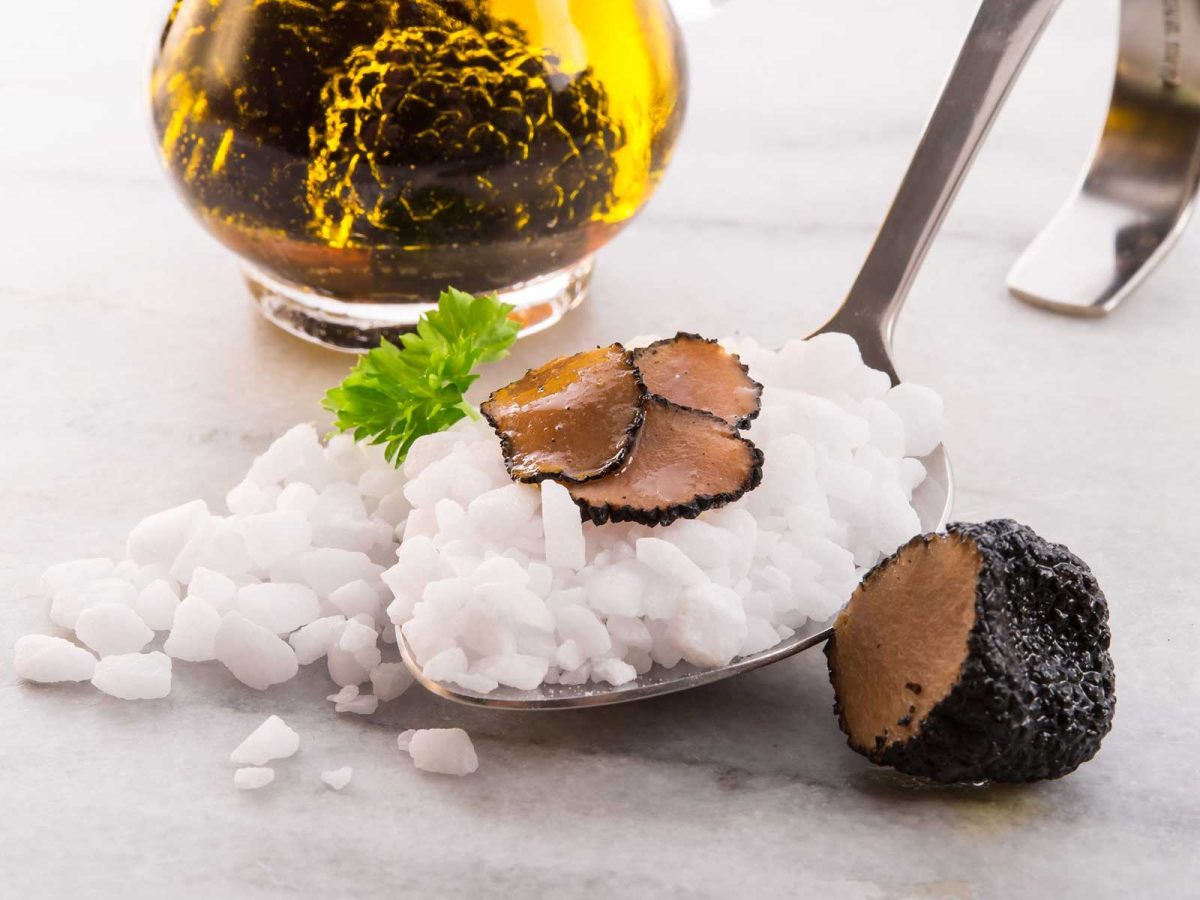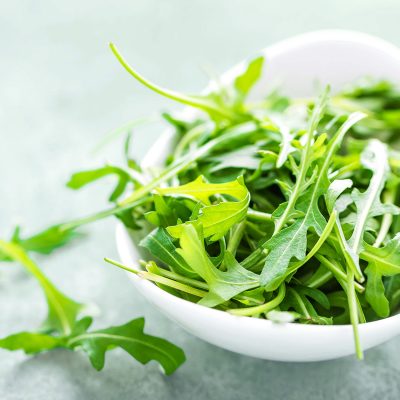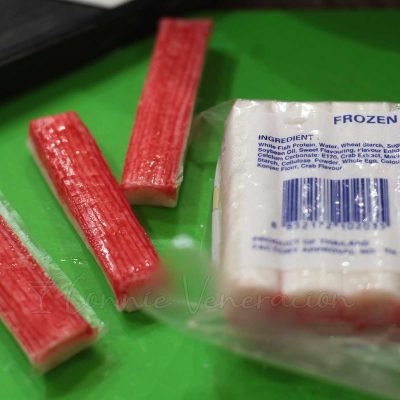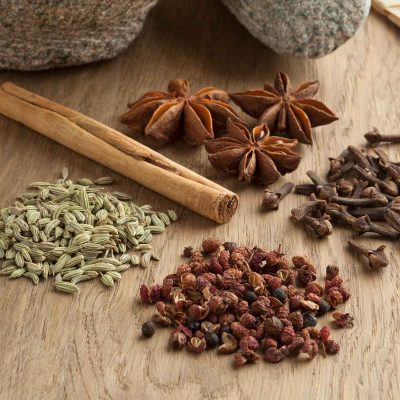You may have heard of truffle as arguably the world’s most expensive mushroom. It comes in several varieties and colors. Truffles mostly grow wild although there have been successful attempts to cultivate them.
Cultivation and mass-production, however, has not reached significant heights to bring down the price of truffles to a range affordable for the average household. As a result, truffles are mostly a haute cuisine ingredient and used very sparingly at that.
For those without access to truffles and for those who cannot, or will not, pay for their exorbitant prices, there’s truffle oil. There is a catch though.
Most commercial truffle oils are not derived from truffles. The aroma and flavor are synthetic.
Most commercial truffle oils are concocted by mixing olive oil with one or more compounds like 2,4-dithiapentane (the most prominent of the hundreds of aromatic molecules that make the flavor of white truffles so exciting) that have been created in a laboratory; their one-dimensional flavor is also changing common understanding of how a truffle should taste.
New York Times
A case of beggars can’t be choosers? Whatever. Enjoy what you’ve got.
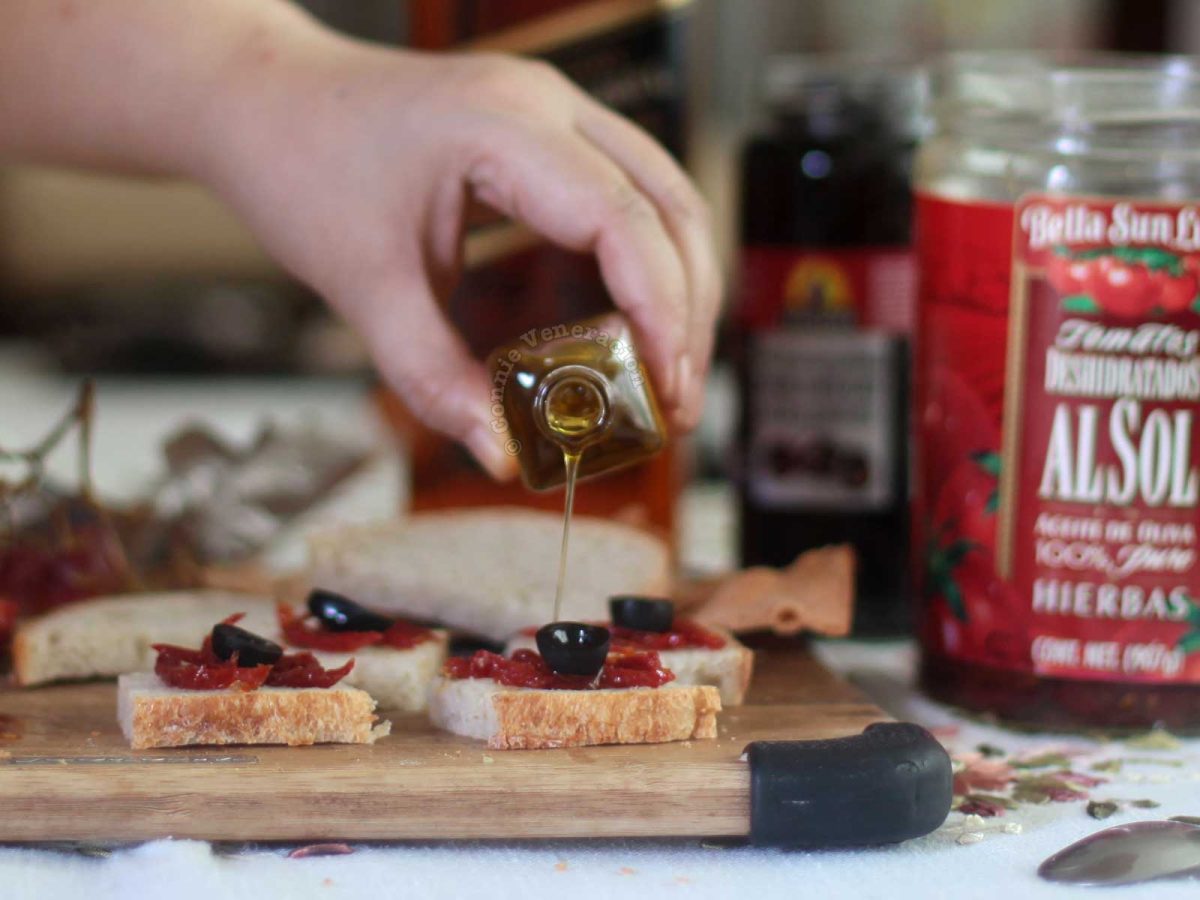
Truffle oil is meant to be a finishing oil, rather than a cooking oil used for sautéing or frying. This means it’s best used just before serving: drizzled over soup, risotto, or seared fish, or used in combination with olive oil and whisked into a simple vinaigrette. Because the flavor and aroma are quite powerful, it’s important to use truffle oil sparingly. In small amounts, truffle oil adds an intriguing earthiness to vinaigrettes. A few drops just before serving add heady fragrance and luxurious flavor.
Bon Appétit
So, cut some bread, top the bread pieces with julienned sun dried tomatoes and sliced black olives, then drizzle in a teeny-weeny bit of truffle oil over them. Delicious.

